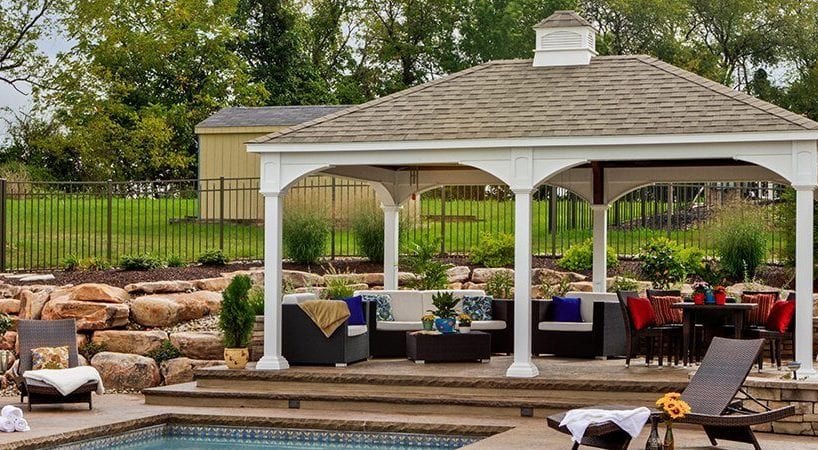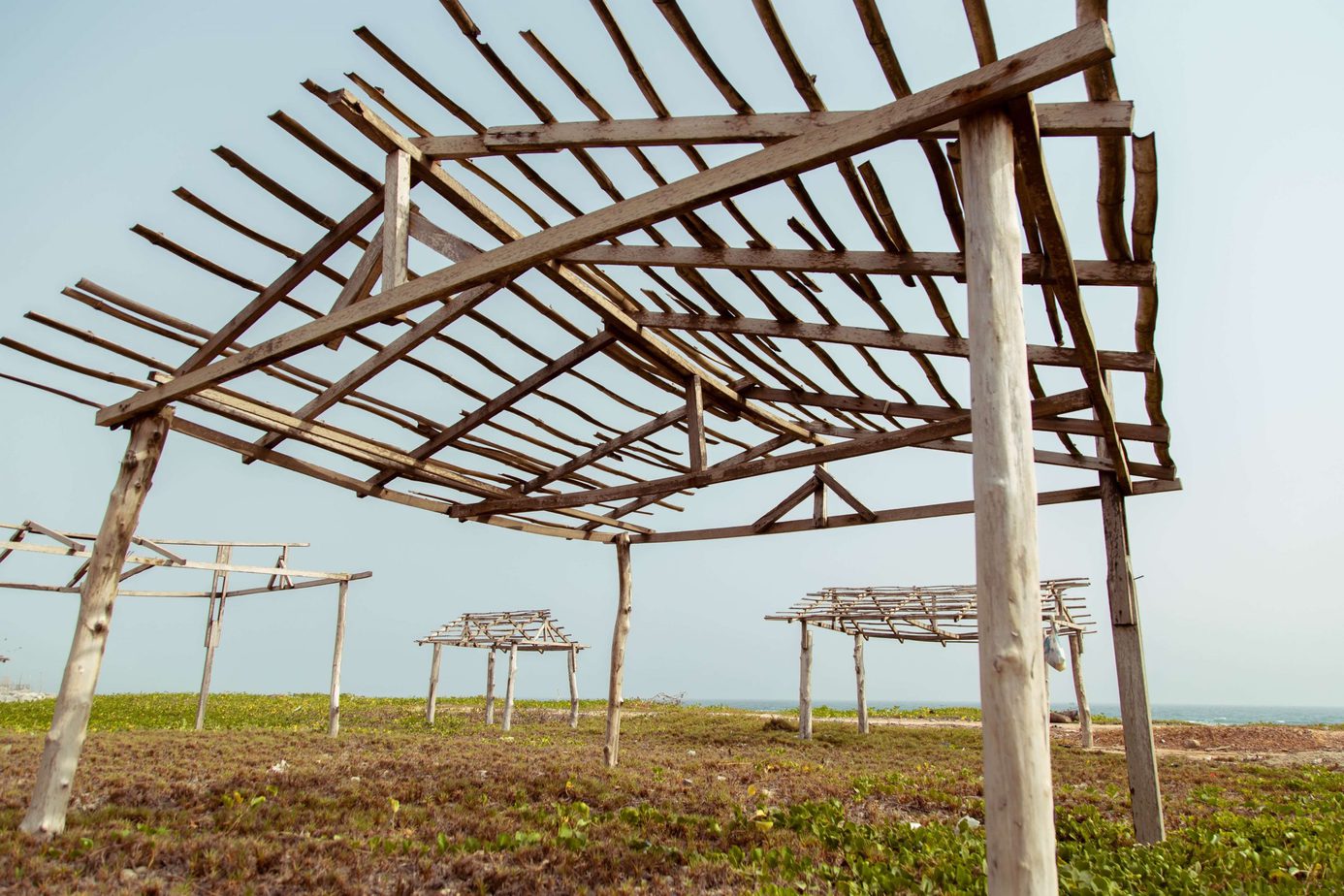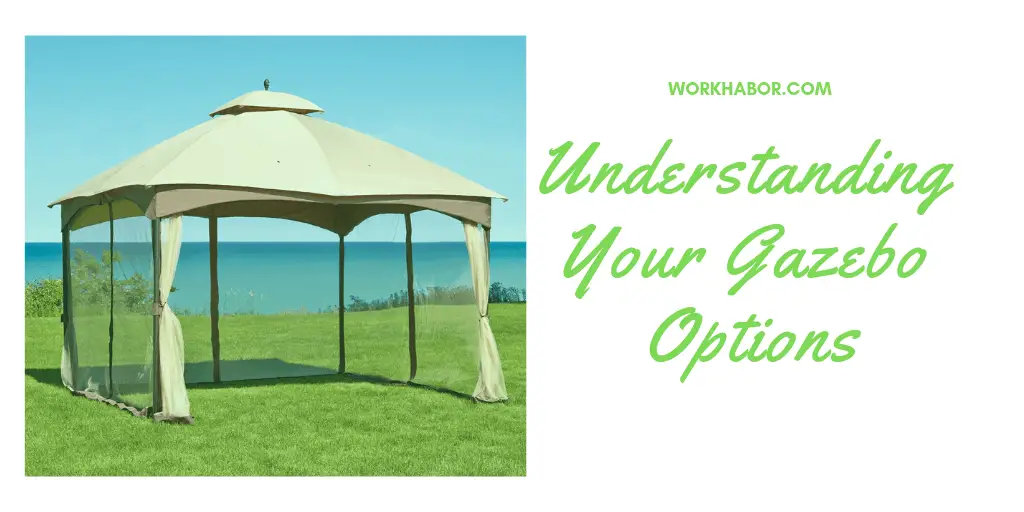5 Of The Best Gazebo Bases
Last Updated on August 18, 2020 by Duncan
5 Of The Best Gazebo Bases
You can install the gazebo on any terrain. The only thing you need to do is to ensure that you install it on solid and strong gazebo bases. The cool thing is that there are plenty of bases that you can go with. The most common ones being:
Patio stones

They are the easiest way of supporting a wooden floor. The patio stones cover is recommended when you are having a relatively level ground and the structure isn’t too large. Experts recommend that you use this base when the gazebo is less than 14 feet.
For you to get the most from the base you need to install it with care. Lay out the patio stone foundation in proportion to the size of the frame. You should start with placing one stone under the gazebo and two stones at the center of the floor.
You should ensure that the patio stones don’t surpass the floor in its perimeter or you will affect the skirting of the patio. For ideal results, ensure that the patio stone is squarely beneath the runners.
Once you are done, start leveling the entire floor with shims. These are materials that come in handy in leveling the floor over the patio stones. The shims are often made from wood or metal. You can also use cedar shims that are often popular due to their durability.
It’s common for the gazebo floor to sink especially when the gazebo is too large. For you to prevent the floor from sinking, you should consider adding an even layer of crushed stones beneath the patio stones.
Cider blocks
These are other great gazebo bases you can use in your backyard. Just like patio stones, you can easily find them in your local store. Cider blocks come in 8” by 16” dimensions which give the gazebo a lot of strength thus you don’t need to worry about the gazebo sinking.
For you to be absolutely sure that the gazebo won’t sink, you should use enough cinder blocks. You also should make use of overlapping rows.
The cinder block base is often unsightly; therefore, you should try to hide it. The cool thing is that a single row of skirting comes with a kit that you can use to cover the foundation lying below. In addition to the cover hiding the base, it also aids in keeping off troublesome critters.
Concrete Footing

You use a concrete base when you need to raise the gazebo, when the ground is uneven, or where you need a building permit. Unlike other types of bases, concrete bases are expensive to install. Fortunately, they provide excellent gazebo bases, especially in highly inclined surfaces.
When you are installing this base, you should work with a contractor who is aware of the building codes in your area. The contractor should raise the structure in a way that complies with the building codes in the area.
Super spikes
A super spikes base is ideal when you need to raise one side of the gazebo in order to provide a level foundation. The base is also ideal when you are looking to avoid the drudgery of pouring footings.
You can easily find the super spikes in your local area, but before you rush to the stores, take time to learn the construction rules and codes in your area. When installing the base, you should note that its ideal for use in the warmer areas, where snowing and frosting can’t happen.
Concrete pads
These are a concrete base that you use to mount on the walls of the gazebo. It’s recommended that you install the pads when you are looking to install a large gazebo and you need a permanent base.
For you to create a better look, you should install a flagstone on the concrete pad. The flagstone comes in handy when you are looking to create a colored or textured gazebo floor.
While you might save some money by installing the concrete pads by yourself, you should avoid it as you will most likely cause more harm than necessary. The best way out is to leave the work to a professional.
Professionals are aware of the building codes in the area and will ensure that the gazebo base adheres to these rules.


